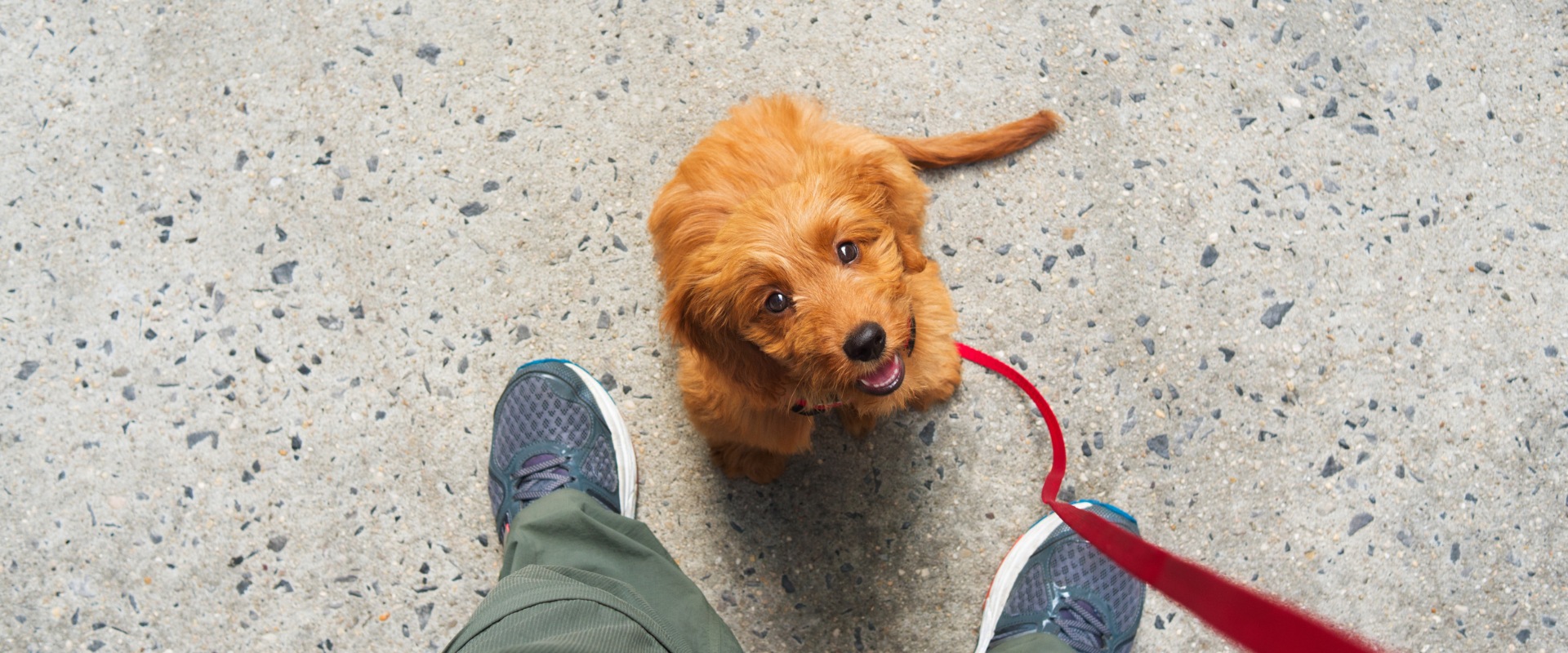Teaching your dog to heel is one of the most important commands you can teach them. It will allow you to walk your dog safely and easily in any situation, and it will also make them more obedient overall.
What is Heeling?
Heeling is the command that tells your dog to walk beside you on your left side. Your dog’s shoulder should be aligned with your knee, and they should be close enough to touch but not so close that they are bumping into you.
Why Train Your Dog to Heel?
There are many reasons to train your dog to heel. Here are a few:
- Safety: Heeling helps to keep your dog safe when you are walking them in public. It prevents them from running into the street, chasing other animals, or getting lost.
- Control: Heeling gives you more control over your dog. This is especially important in crowded or dangerous situations.
- Obedience: Teaching your dog to heel helps them to become more obedient overall. Once they have mastered this command, they will be more likely to follow other commands as well.
How to Train Your Dog to Heel
To train your dog to heel, you will need a leash, a collar or harness, and some treats. It is also helpful to find a quiet place to train where there are few distractions.
Step 1: Start with the Basics
Before you can start teaching your dog to heel, you need to make sure that they know the basic commands of sit, stay, and come. Once they have mastered these commands, you can start teaching them to heel.
Step 2: Luring
The first step in teaching your dog to heel is to use a technique called luring. This involves holding a treat in front of your dog’s nose and slowly walking forward. As your dog follows you, keep the treat in front of their nose and praise them.
Step 3: Shortening the Leash
As your dog gets better at following you, you can start to shorten the leash. This will help them to learn to stay close to your side. If your dog starts to pull ahead, stop walking and wait for them to come back to you. Once they are back at your side, start walking again and praise them.
Step 4: Adding the Command
Once your dog is consistently walking beside you, you can start adding the command “heel.” Say the command just before you start walking, and continue to praise your dog as they walk beside you.
Step 5: Increasing Distractions
Once your dog has mastered heeling in a quiet place, you can start to increase the distractions. Try heeling in a park, around other people and dogs, or in a busy downtown area. If your dog starts to pull ahead, simply stop walking and wait for them to come back to you. Once they are back at your side, start walking again and praise them.
Tips for Training Your Dog to Heel
- Be patient and consistent. It may take some time for your dog to learn to heel reliably.
- Use positive reinforcement. Reward your dog with treats and praise when they are heeling correctly.
- Keep training sessions short and fun. End each session on a positive note, even if your dog is not perfect.
- If you are having trouble training your dog to heel, consult with a professional dog trainer.
Troubleshooting
✤ Problem: My dog pulls ahead when we are heeling.
Solution: If your dog pulls ahead, simply stop walking and wait for them to come back to you. Once they are back at your side, start walking again and praise them. You can also try using a harness instead of a collar. A harness will help to distribute the pressure more evenly across your dog’s chest, making it less likely that they will pull.
✤ Problem: My dog gets distracted when we are heeling.
Solution: If your dog gets distracted, try training in a quiet place with few distractions. Once they have mastered heeling in a quiet place, you can start to increase the distractions. If your dog gets distracted, simply stop walking and wait for them to come back to you. Once they are back at your side, start walking again and praise them.
✤ Problem: My dog doesn’t seem to understand the command “heel.”
Solution: If your dog doesn’t seem to understand the command “heel,” try using a different word or phrase. You can also try using a hand signal. For example, you could hold your hand up in a fist with your thumb extended. When you are ready to start heeling, say the command and hold up your hand. Once your dog is walking beside you, lower your hand.
Conclusion
Teaching your dog to heel is an important skill that will benefit both of you. With patience and consistency




